Some flavors are just hard to nail, and Blueberry Lemonade is definitely one of them. Whether it's too strong or too artificial, most blueberry-based flavor systems just aren't palatable after a serving or two. However, we've finally found a brand that does blueberry right: 5% Nutrition!
All Day You May in Blueberry Lemonade
We recently updated our article on Rich Piana's ALL DAY YOU MAY intra workout amino acid supplement designed for all-day-long sippability, now upgraded to its white "Legendary" tubs. In that article, we highlighted how Rich and his team were the first to nail the Southern Sweet Tea flavor. That system has been copied across the industry and beyond, but we always remind everyone that Piana did it first.
5% Nutrition's latest flavor of the supplement, Blueberry Lemonade All Day You May, may get similar copycat treatment. We're told it's now the brand's second-best selling flavor, and after tasting it, it's the perfect amount of blueberry -- not overwhelming, but just enough to be dangerous.
Below we give a quick recap of All Day You May, but first, focus on which stores sell the Blueberry Lemonade and let you sign up for PricePlow's 5% Nutrition alerts:
Rich Piana 5% Nutrition ALL DAY YOU MAY – Deals and Price Drop Alerts
Get Price Alerts
No spam, no scams.
Disclosure: PricePlow relies on pricing from stores with which we have a business relationship. We work hard to keep pricing current, but you may find a better offer.
Posts are sponsored in part by the retailers and/or brands listed on this page.
5% Nutrition: Industry flavor innovator
Aside from their innovations in Southern Sweet Tea, 5% Nutrition recently knocked it out with a Push Pop flavor of Kill It (their original -- and unchanged since the beginning -- pre workout supplement) and a limited-edition Starry Burst All Day You May flavor used to celebrate national holidays.
But let's not forget a Blueberry Lemonade flavor whose tub we can actually finish! Here's a bit more info on the amino-boosting supplement:
5% Nutrition's All Day You May recapped
All Day You May You May was originally released by Rich Piana himself as an intra workout / all day amino feeder. It can chase your Kill It! Pre-workout, and was cleverly given its name because Rich had an apparel company named 1 Day You May. Abbreviated as "ADYM", this supplement uses ingredients aimed at muscle recovery, growth, and endurance, with some added joint support boosters and even liver and immunity support.
Here are the blends currently inside -- and they haven't strayed far from Rich's original vision:
-
Branched Chain Amino Acid (BCAA) Blend - 6 grams
Below, we briefly go over the label, but you can always read more details in our main ALL DAY YOU MAY article
All Day You May's BCAA blend is a fantastic 10:1:1 ratio of leucine to isoleucine to valine. BCAAs are anti-catabolic[1-3] and can boost endurance,[4-6] but leucine is the driver that initiates muscle protein synthesis through mTOR activation,[7-9] the main reason why Rich loved such a huge amount of it.
-
Conditionally Essential Amino Acid Blend - 2.750 grams
The Conditionally Essential Acid Blend consists of L-Glutamine and L-Carnitine L-Tartrate. They're conditionally essential because the body can make them on its own, but can't do it fast enough when under an extreme situation (such as, for instance, your all day arm workout).
Glutamine is heavily used during hard workouts, and can improve endurance and glycogen replenishment,[10,11] reduce soreness and improve recovery,[12] help with gut health,[13] and boost immunity.[14]
After reading a new review based upon 100 citations, we are finding fewer and fewer reasons not to take ~2g L-Carnitine each day
Carnitine, on the other hand, helps us transfer fatty acids to the mitochondria to get spent,[15] leading to numerous benefits:
- Improved performance[16,17]
- Reduced fatigue[16-23]
- Better recovery[24-27]
- Weight loss,[28,29] (especially if depleted), such as in vegans/vegetarians/elderly[30-36]
5% Nutrition even chose a type of carnitine -- L-Carnitine L-Tartrate (LCLT) -- that has once been shown to increase testosterone when dosed at 2 grams per day![37] We don't have that here, but it's cool to see how useful carnitine can be -- by improving the mitochondria, you improve everything.
-
Amino Acid Support Blend - 960 milligrams
Amongst these primary amino acids, the essential amino acids are in red. Leucine, Valine, and Isoleucine are the three Branched-Chain Amino Acids.
The Amino Acid Support Blend has just under a gram of L-Taurine, Raw Coconut Water Concentrate, HICA (Alpha-Hydroxy-isocaproic Acid), Bromelain, and Micro-Dried Blueberry Fruit Powder.
Taurine is a highlight here, as it can increase endurance in relatively small doses, and on the first use![38] It can also boost cognition[39] and cell hydration[40] at higher doses.
HICA is a metabolite of L-Leucine that can increase muscle mass, boost recovery, speed up fat loss, and reduce soreness when dosed high enough.[41] We see this as an underrated ingredient.
Most know coconut water powder, which can replenish electrolytes.[42]
Bromelain is a popular anti-inflammatory that can reduce pain,[43] and we love seeing it in an intra workout -- especially since few others include it.
Last but not least, 5% Nutrition loves adding blueberry fruit power, which has been shown to increase recovery and reduce damage to the muscle,[44] and seems to do so by protecting the DNA![45-47]
-
Intra-Cellular Buffer Blend - 800 mg
LEGENDARY Status: 5% Nutrition's All Day You May is moving to the white tub, but the formula is mostly unchanged. See how Rich Piana shattered the industry with this supplement, especially with that Southern Sweet Tea flavor!
ADYM has an Intra-Cellular Buffer Blend that includes Beta Alanine, Dicalcium Phosphate, and Sodium Bicarbonate. This is an interesting one to explore, because it's clearly not a clinical dose of beta alanine (3.2 grams per day normally for endurance[48,49] as beta alanine combines with L-histidine to generate more endurance-boosting carnosine[50,51]), but a small dose may help you move the needle in that direction as you drink it throughout the day or add it to your KILL IT or KILL IT RELOADED or 5150 pre workout!
The sodium bicarbonate is interesting, because it's consistently boosts endurance in research studies,[52] and a beta alanine meta analysis cited above even has its own section on the combination![49]
-
Joint & Liver Support Blend - 650 mg
To keep those joints lubricated, All Day You May has a blend of glucosamine and methylsulfonylmethane (MSM), while adding milk thistle for liver protection.
"Beneficial to almost any age group, Joint Defender prides itself not only on quality but providing effective and immediate results."
We dive deeper into these in our 5% Nutrition Joint Defender and Liver & Organ Defender articles, which bring more efficacious doses in glucosamine (over 1.5 grams)[53-55] and MSM (1 gram or more).[56-59]
In terms of milk thistle, there are numerous studies showing that it protects the liver against a malady of "insults", with a couple great meta-analyses covering those studies.[60,61]
-
Essential Amino Acid Blend - 205 mg
The Essential Amino Acid (EAA) blend has L-Phenylalanine, L-Threonine, L-Lysine, L-Histidine, L-Tryptophan, and L-Methionine. These amino acids need to be ingested via diet or supplementation because the body either cannot make them, or cannot recycle them nearly fast enough for any level of health.
Research has shown that combining BCAAs (which are three of the nine essential amino acids) with the rest of the essential amino acids promotes a more pro-anabolic response, while BCAAs alone are mostly anti-catabolic. For this reason, we'll take extra EAAs anytime, anywhere. The dosage has been bumped up just a touch since the original ADYM formula as well. We like keeping it true to Rich's vision, but in this case, we're of course fine with changes.
Again, you can read more details in our main ALL DAY YOU MAY analysis.
All available flavors of All Day You May
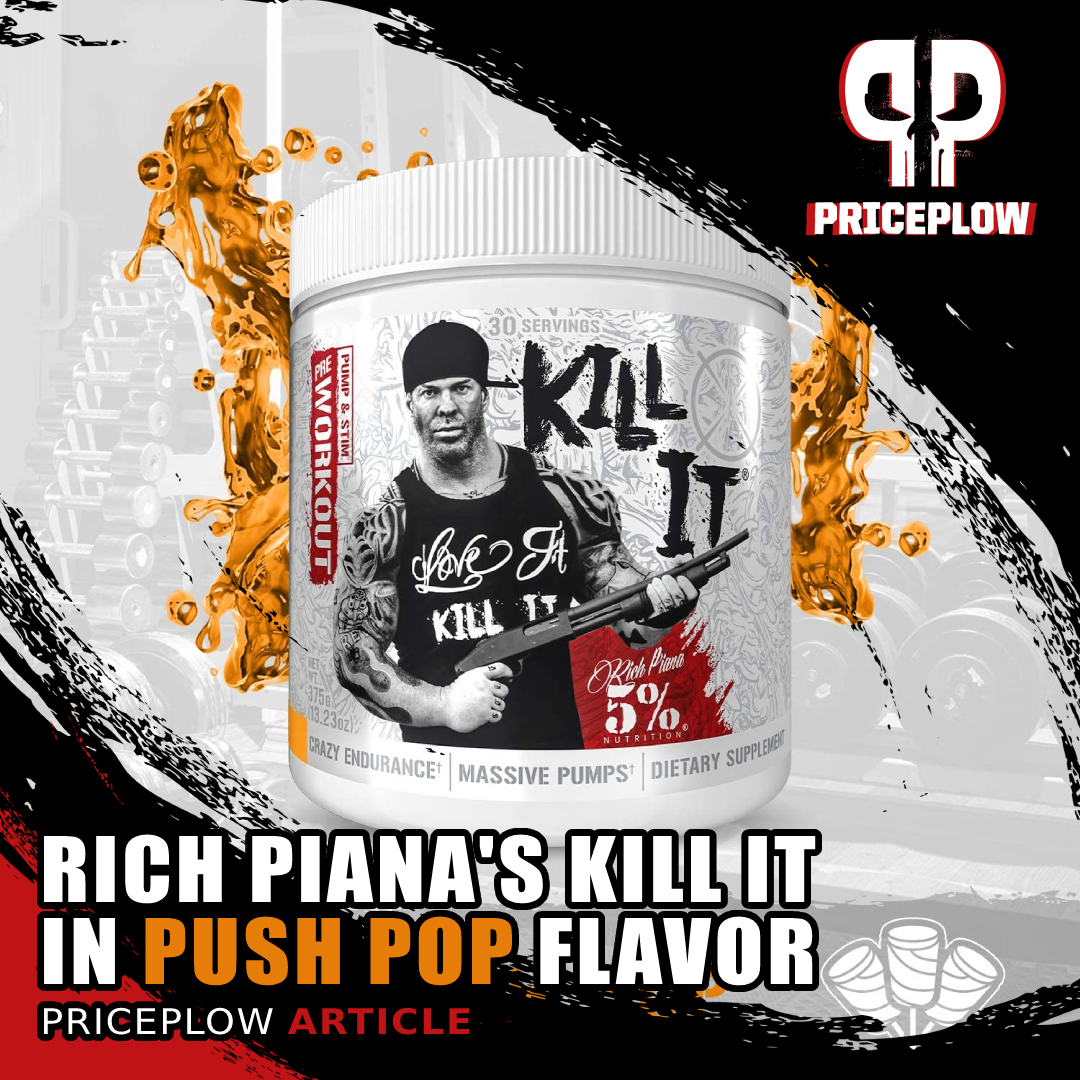
Need more beta alanine if you're not drinking 4 scoops of ALL DAY all day? Then take KILL IT pre workout -- The Push Pop flavor is an unmistakable throwback to those orange & cream push pops from childhood!
A Blueberry Lemonade you won't get tired of!
Pre workout, intra workout, post workout, rest days... it doesn't matter when you take ALL DAY YOU MAY. What matters is that you keep your muscles fed with food and recovery fuel so that you're on your best as much as possible.
We all love the Southern Sweet Tea flavor of ADYM, but sometimes you need a change-up. It turns out that the most popular change-up is now Blueberry Lemonade, the brand's #2 selling flavor on the menu! This flavor's blueberry is strong enough to deliver, but subtle enough to keep you coming back for more.
You can use a scoop in your shaker during a workout, but remember that it was originally developed to be used in a gallon milk jug with four scoops all throughout the day! If that's you, then consider yourself a true 5-Percenter.
Rich Piana 5% Nutrition ALL DAY YOU MAY – Deals and Price Drop Alerts
Get Price Alerts
No spam, no scams.
Disclosure: PricePlow relies on pricing from stores with which we have a business relationship. We work hard to keep pricing current, but you may find a better offer.
Posts are sponsored in part by the retailers and/or brands listed on this page.
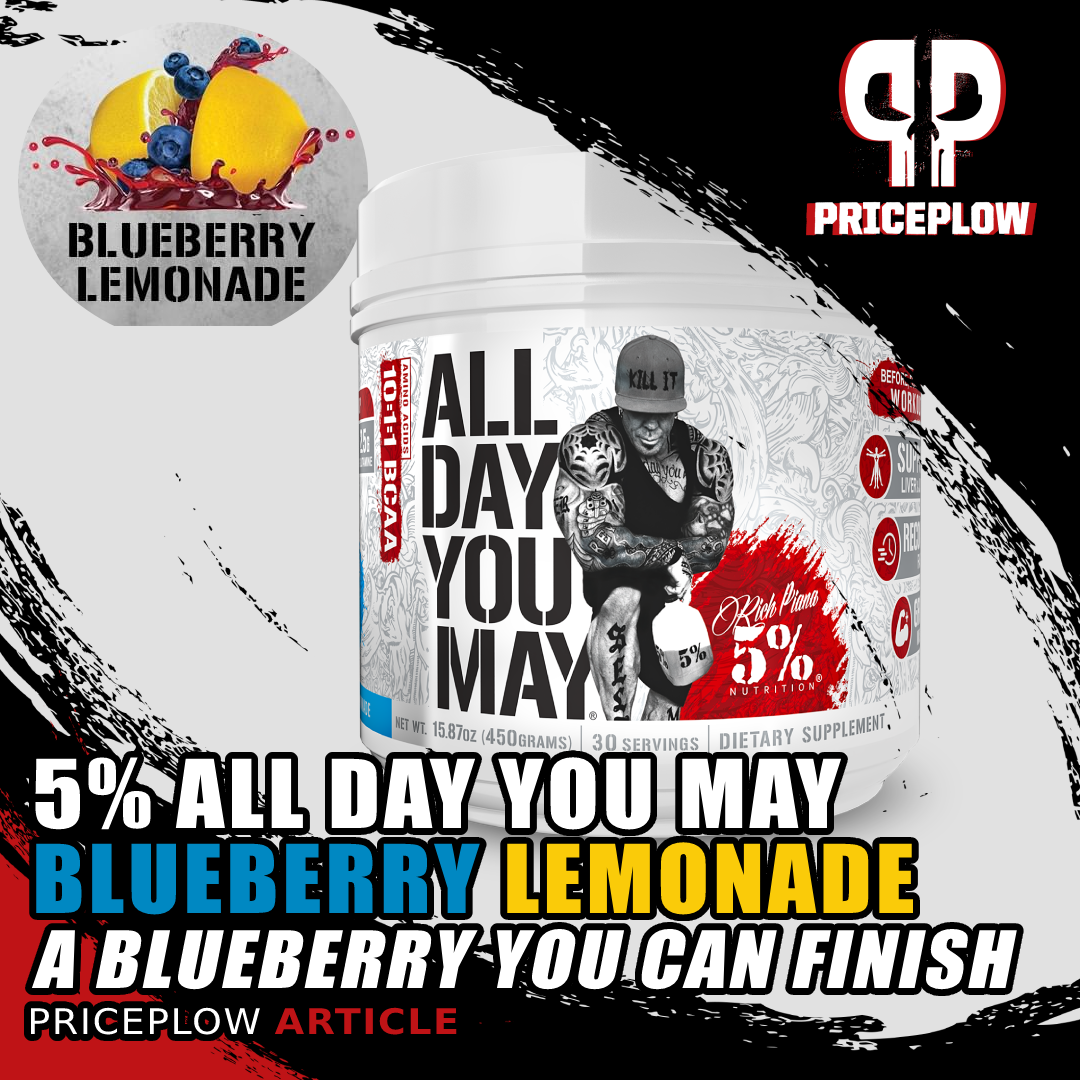

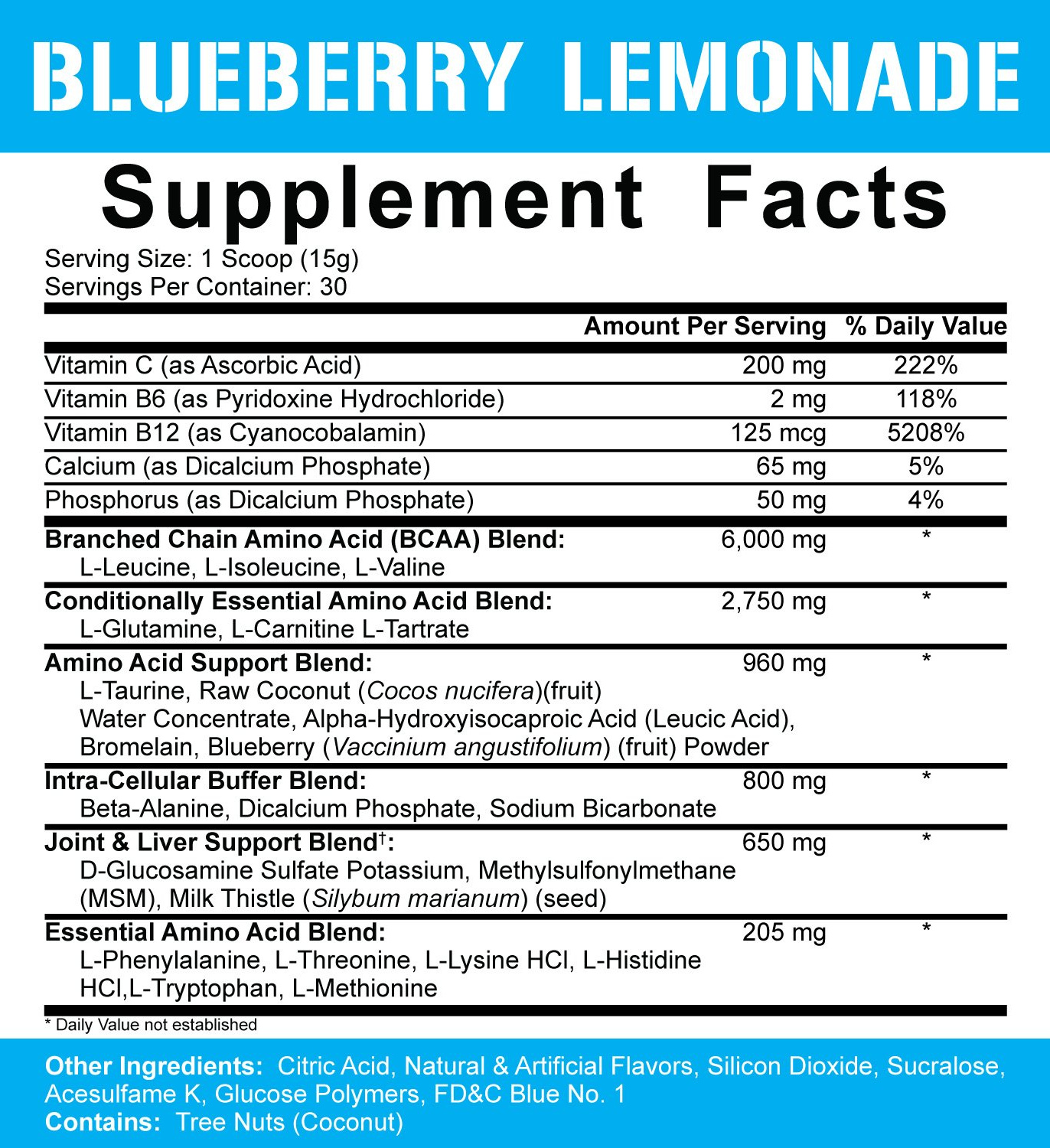
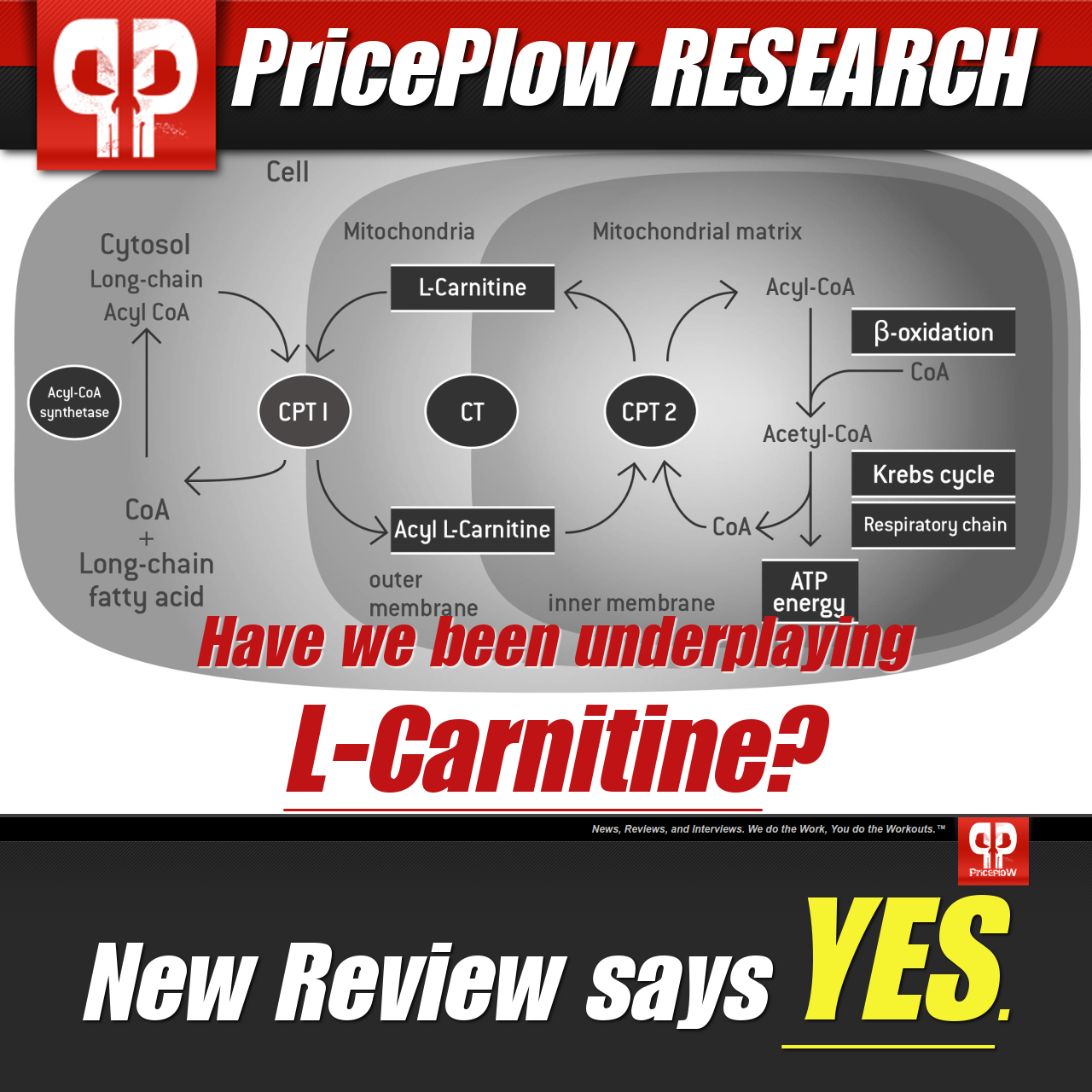
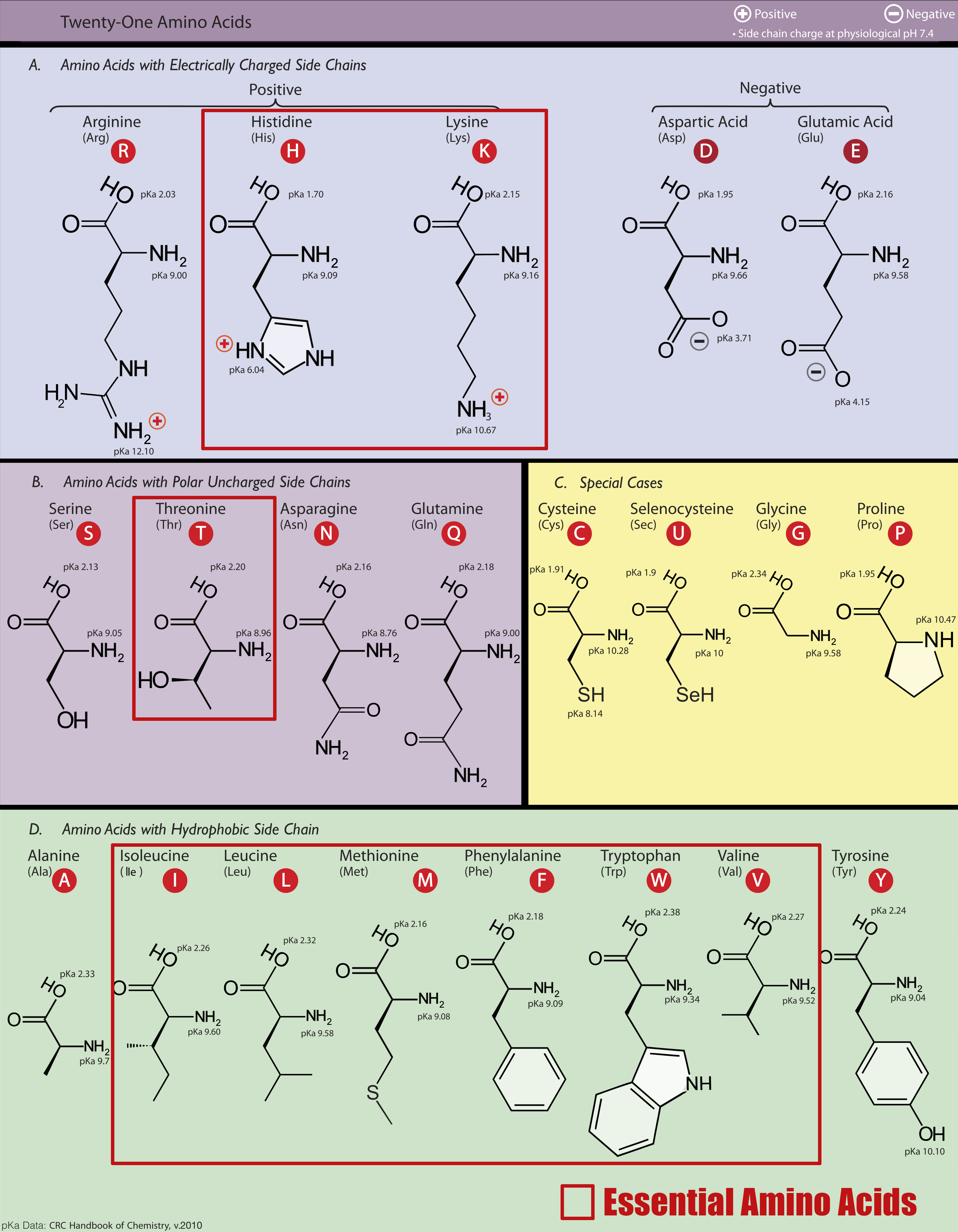





Comments and Discussion (Powered by the PricePlow Forum)